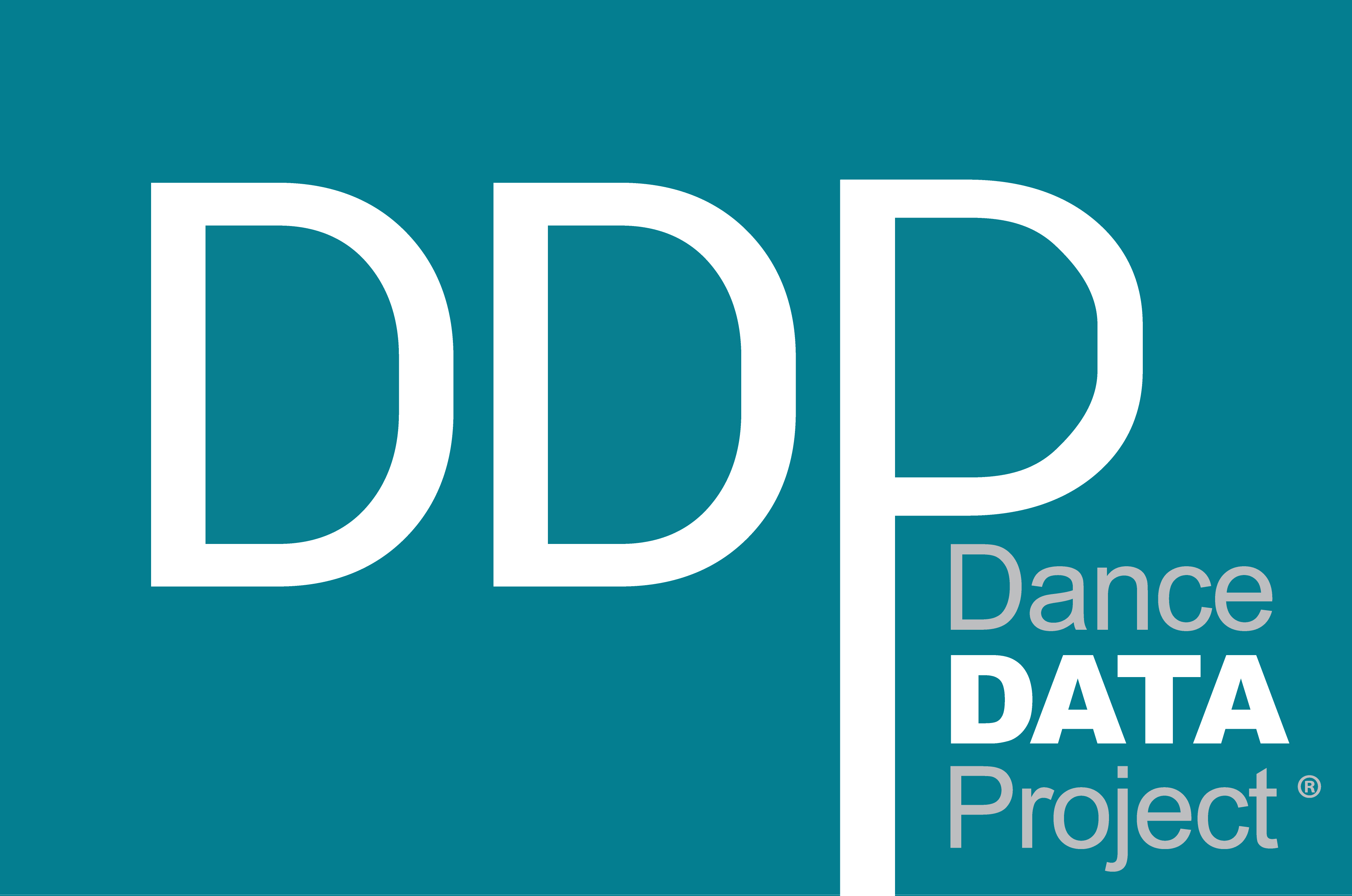DANCE DATA PROJECT®’S LATEST REPORT FINDS LARGEST U.S. CONTEMPORARY AND MODERN COMPANIES HAVE MORE EQUITABLE LEADERSHIP BUT HAVE FACED SLOWER POST-PANDEMIC RECOVERY THAN BALLET COMPANIES
Northfield, IL | November 9, 2023 | Dance Data Project® (DDP) today announces Part II of the second report analyzing the largest U.S. contemporary and modern dance companies. For the first time, this report expands on previous findings to examine the financial scope of the Largest 75 U.S Contemporary and Modern Dance Companies and rank the companies within two categories: the Largest 50 (#1-50) and the Additional 25 (#51-75), providing a comprehensive overview of the contemporary and modern dance industry. The rankings contained in this report are based on fiscal year 2021 with preliminary findings for FY2022.
“Our first-ever ranking report for modern and contemporary companies covered just the Largest 50 in the U.S.,” said DDP Senior Research Consultant Junyla Silmon. “Today, we are proud to announce an expansion to include even more companies, providing an increasingly comprehensive appraisal of the financial scope of the U.S. dance ecosystem.”
“Pairing these findings with our annual research into the largest ballet and classically based companies can give dancers, directors, donors, and audience members a holistic look at the current state of the concert dance industry,” said DDP Communications Lead Isabelle Ramey. “This helps better inform company programming, philanthropic giving, and salary benchmarking in an industry that is notorious for its lack of data transparency. Our work at Dance Data Project® is transforming that narrative.”
In FY2021, the Largest 75 contemporary and modern dance companies operated with a combined total expenditure of $109,832,394. This figure represents a 21.41% decrease from 2020, where combined expenditure totaled $139,758,340.
In FY2021, the Largest 50 contemporary and modern dance companies operated with an aggregate expenditure of $101,449,871, accounting for 92.37% of the total expenditures for the Largest 75. In the same year, the Additional 25 companies had a total expenditure of $8,382,523, representing only 7.63% of expenditures for the Largest 75.
Aggregate expenditures for the Largest 50 decreased by 23.46% from FY2020 to FY2021 and decreased by 11.49% from FY2019 to FY2020. Aggregate expenditures for the Additional 25 increased by 16.12% from FY2020 to FY2021.
“Due to varying fiscal year dates and lag time between IRS filing and publication, we are missing FY2022 information for 38 companies, including 23 companies that are currently listed in the FY21 Largest 75,” said DDP Research Lead Jenna Magrath. “However, what is interesting is that available FY2022 returns show that the contemporary and modern dance industry is recovering positively from the pandemic, but at a slower rate than the much larger classically inspired/ballet world.”
Preliminary findings for FY2022 show that the aggregate expenditures for the Largest 75 contemporary and modern companies are up 22.19% from FY2021, where DDP found a 49.74% increase in aggregate expenditures for ballet companies. The aggregate expenditures for Largest 75 ballet companies increased from $416,674,070 to $623,930,318 from FY2021 to FY2022. In the same time frame, DDP’s initial analysis demonstrates the Largest 75 contemporary and modern companies experienced just a 22.19% increase in expenses, from $109,832,394 to $134,206,679.
In FY2022, preliminary findings show that the ballet economy was 4.65x larger than the contemporary/modern economy. It is important to note that Alvin Ailey American Dance Theater, Dallas Black Dance Theatre, and PHILADANCO! are included on both lists to account for the variety of repertoire performed by these organizations. The sheer magnitude of Ailey is similarly important to consider – if one was to remove Ailey and add in the company ranked number 76 for both lists, the ballet economy would be 6.34x larger than contemporary/modern.
In the Largest 50 contemporary and modern companies, there are 30 female artistic directors (56%) and 24 male artistic directors (44%). The Largest 50 ballet companies, by contrast, include 13 female (24.5%) and 38 (74.5%) male artistic directors.
“For the last four consecutive fiscal years, the largest contemporary and modern companies have had remarkably lower budgets compared to the largest ballet companies but have continued to be pillars of gender equity in leadership,” said DDP Senior Research Consultant Junyla Silmon. “These findings are very similar to our research on smaller-budgeted ballet companies, which also have had a track record of being more equitable, despite having fewer resources.”
The Largest 75 U.S. Contemporary & Modern Dance Companies Report is available on the Dance Data Project® Research Page or at the button below.


